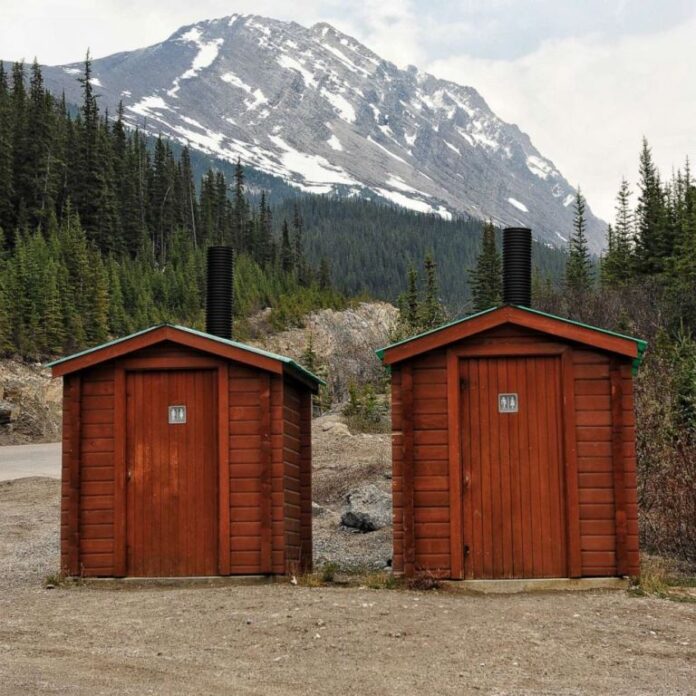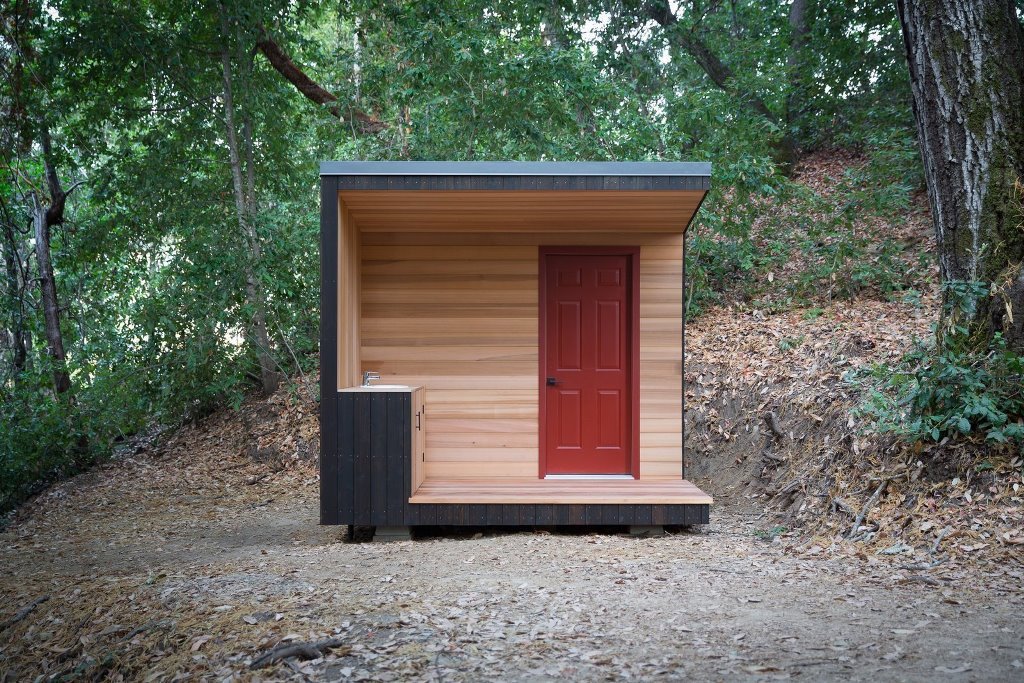When you’re looking to build a new space on land you’ve acquired, you may well be considering how to keep your environmental impact as small as possible. That’s a sign of the times: when we’re building, we’re driven, more and more, to consider the cost to the environment as well as the cost of our construction projects. Thankfully, building an eco-friendly outhouse can be both kind to the environment and kind to your wallet, with plenty of new technology arising to ensure that you limit your impact on the environment as you build. Read on to discover how to build an eco-friendly outhouse in 2020.
Energy
There’s no doubt that one of the key sources of emissions in the modern world comes from the power stations that generate the electricity we use in our homes. While solar panels have been developed to try to mitigate this, these panels are inappropriate or unsuitable for many homes. However, when building an outhouse, you have the perfect opportunity to harness the sun’s power, by making a structure upon which solar panels can be installed.
Make this one of the fundamental parts of your construction plan, and you’ll be able to save on those harmful CO2 emissions, while also saving cash on your electricity bills. Position your outhouse to receive sunlight at the optimal angle, ensure that the roof can support solar panels, and do your bit for the environment.
Materials
Another way in which we impact the environment is in the materials that we choose to use. In general, many of the world’s building materials have been developed or chosen for speed and price, with little focus on the environmental impact of their use. As such, it’s only in recent years that builders and manufacturers have taken a look at their supply chains and embraced new technologies to help them create new builds that function well and have a smaller environmental impact.
In this respect, it’s worth looking to the innovations across the material building sector for inspiration for your own outhouse. The use of Armstrong Steel buildings, in several pre-built structures, is a great option for eco-friendly construction. Not only is steel durable and long lasting, but it’s possible to recycle the building materials that you use if you do ever take down your outhouse. Other sustainable options include natural resources such as wood, though you should ensure it’s been forested sustainably before buying natural materials.
Carbon Offset
Finally, any construction project will have an effect on the CO2 in the atmosphere because all human activity in the present economic system releases CO2. What’s important is how you mitigate your contribution to the climate crisis, and you can do this through carbon offsetting, which you undertake as you build.
There are hundreds of options, many enabled by new technologies, to help you offset your CO2 emissions. Producing your own energy, mentioned above, is one such option. But you may also choose to plant a set number of trees or contribute to the coffers of carbon-offsetting companies, thereby ensuring that your project is carbon-neutral.
Using the tips outlined above, you can construct with an environmentally friendly mindset, helping you build a new outhouse, guilt-free.




















